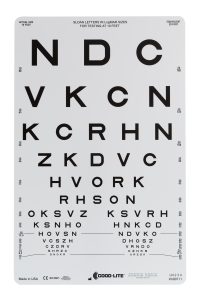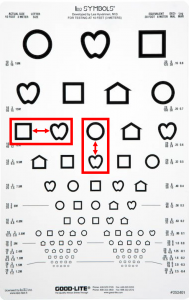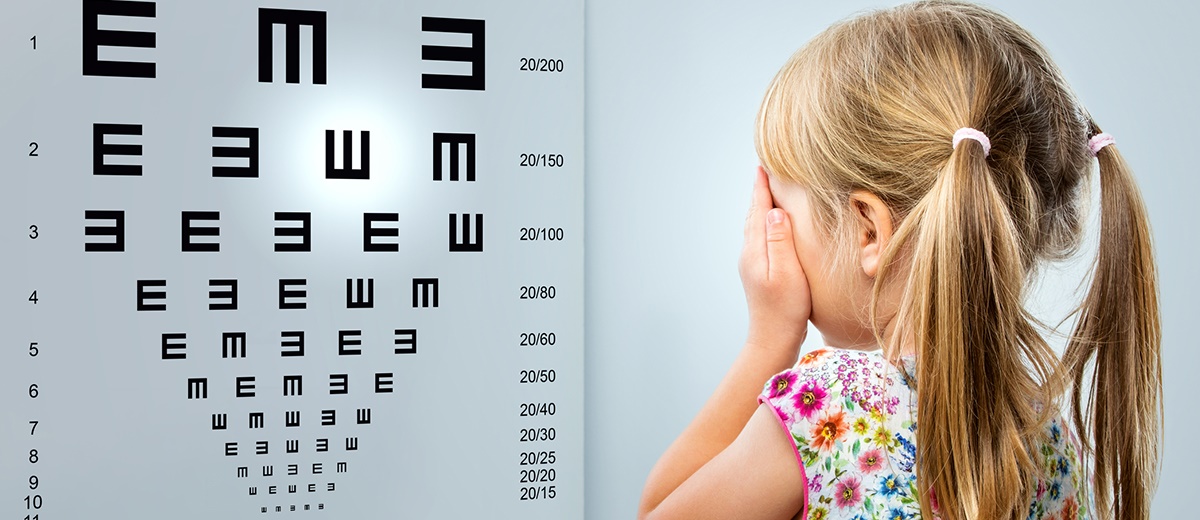In the first blog of our Vision Charts 101 series, we equipped you with the history of vision charts so you can better understand the variations among them. This time, we want to help you understand what makes a proper vision chart. As you now know, the most commonly measured type of visual acuity, recognition visual acuity, is defined as the ability to identify certain optotypes (letters, numbers, or shapes) at a specified distance. Your chart should follow the recommended standardized chart design guidelines.
The following information provides recommendations from currently available evidence-based sources for chart designs recommended for children six and older (courtesy of the National Center for Children’s Vision & Eye Health).
- Optotypes should be of almost equal legibility and similar in identity.
- Each line on an eye chart should have the same number of optotypes. Smaller eye charts (9 x 14 inches) may have fewer optotypes near the top of the chart to accommodate the chart size, which is perfectly acceptable.

- The horizontal between optotype spacing should be equal to the width of the optotypes on a line (see image below). This spacing assures that the visual identification task is consistent.
- The vertical between line spacing should be the height of the optotypes in the next line down (see image below). This spacing ratio assures the visual task is equal on all acuity lines.
- The size of optotypes should progress geometrically up or down the chart by 0.1 log units between rows (charts will have 20/32 instead of 20/30 lines).
- A testing distance of 10 feet is recommended for all far visual acuity tests.
- Visual acuity testing is best performed with good illumination and maximum contrast (at least 85%) between the black symbol and the white background (Optometry and Vision Science).

Charts that follow these guidelines are typically referred to as proportionally spaced vision charts. But please note that states, and even separate school districts within states, have varying vision screening procedures and protocols. Be sure to check with your local or state governing agency to confirm what the procedures are in your specific area.
To shop MacGill’s selection of proportionally spaced vision charts click here.
To shop MacGill’s selection of illuminated cabinets click here.





